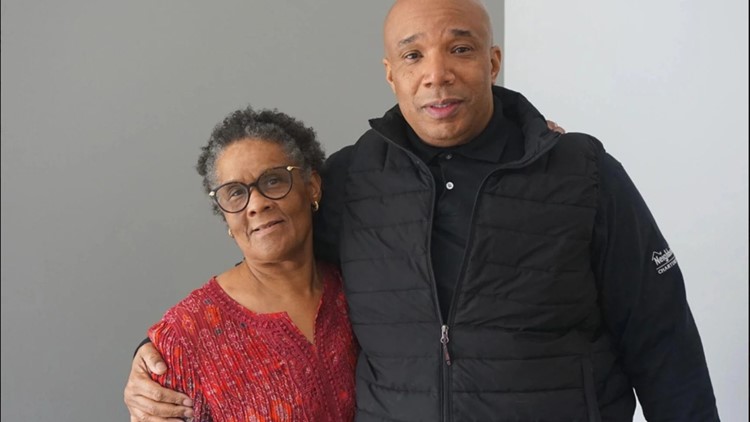According to St. Louis Metropolitan Police statistics, there had been 139 homicides as of Nov. 6 compared to 173 at the same time last year.
As both Mayor Tishaura Jones and Chief Robert Tracy have stated, “one is too many.”
During a Tuesday press conference celebrating St. Louis’ perfect score in the Human Rights Campaign Municipal Equity Index, Mayor Jones said “a whole lot of things,” have helped reduce the homicide rate.
“We opened our Office of Violence Prevention over [18 months] ago and they work with, and in, communities with violence interrupters, social workers, and other behavioral health providers,” Jones said.
Jones said, “people have been diverted from emergency rooms and jail, and our 911 Diversion Program connects them with mental health providers.”
She also lauded the ongoing effort of Chief Tracy and the police department.
“Our new chief has been on the job 11 months, so I guess I can’t call him new any longer,” Jones said lightheartedly.
“Chief Tracy has implemented his proven crime reduction strategies from Wilmington, Delaware, Chicago, and New York. All these things working together are why we have seen a reduction in homicide and crime overall.
Aggravated assaults, robberies, and burglaries also recorded drops compared to last year.
James Clark, Urban League of Metropolitan St. Louis vice president of public safety and community response, said while the number of homicides remains lower compared to last year and 2021, the region should not ignore the number of shootings.
“In order to sustain and continue to have a measurable impact, consideration must be given to adding the number of shootings into the equation,” he said.
“The number of people shot will give us a more accurate perspective on the sheer level of gun violence. Not all shootings end in a homicide. Also, we must include East St. Louis, in our planning and execution of efforts.
Clark added that a population shift from St. Louis City to St. Louis County could be playing a role in the homicide decrease.
“As homicides drop in the city, many county communities are experiencing an increase. We must continue to increase resource delivery into neighborhoods,” he said.
Clark said his division uses a unique and proven effective lens; Neighborhood, Porch, and Living room or NPL.
“Any engagement initiative must hit each of these targets,” he said. “Through our Gun Violence De-Escalation Network, we work with community members to identify conflicts with a trajectory towards gun violence.
“If we cannot de-escalate the conflict, we work to relocate one of the adversaries, and if necessary, their family outside of the St. Louis metropolitan area.
He said his team has de-escalated 73 conflicts and 19 individuals/families have been relocated in 2023.
The Urban League is working in partnership with over 250 neighborhood churches and 75 resource providers to increase resource delivery in five targeted neighborhoods.
“In these targeted neighborhoods we provide neighborhood-based case management to over 400 families. Also, through our Urban Opioid Triage efforts we provide direct engagement and resource delivery to individuals trapped in addiction.”
Through August, the St. Louis homicide rate had recorded 22.6%, so the decline is holding, according to the statistics.
Nationally, homicides on average dropped 9.4% during the first half of 2023 as compared to the same period last year, the nonpartisan Council on Criminal Justice found in a report released in July.


